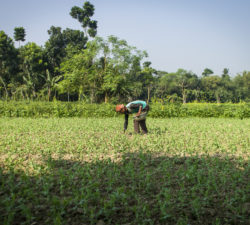

Continue reading...
Register for IbyIMD+ to continue reading this article
CHF 18 / per month or CHF 120 per year
- Unlimited access
- Explore podcasts and videos
- Follow daily learning exercises
- Interact with an executive community
- Explore new daily content
IbyIMD+ Subscribe
Already a subscriber? Log in
